
Diseases and pests of Japanese Azalea
Identification, prevention and natural treatments
Contents
Japanese azaleas (Azalea japonica) are small bushes valued for their spring flowering in colourful trumpets and their glossy evergreen foliage.
This is a heather soil plant known to be easy to grow, whether in pots or in the ground. However, certain growing conditions can encourage the appearance and development of diseases or pests.
Let’s explore the main diseases affecting azaleas and the preventive measures to follow to keep plants in good health. In case of any symptoms detected, we will also discuss effective and natural treatments suitable for organic gardening.
Additionally, find all our tips for planting, pruning, and caring for azaleas in the dedicated article.
Chlorosis
The leaves of the Japanese azalea are yellowing around the veins: this is a sign of chlorosis, caused by a deficiency in iron. Due to a pH that is too high or an excess of lime in the soil, the assimilation of iron is no longer functioning properly.
It is the young leaves at the tips of the branches that are particularly affected, eventually necrosing and falling off.
Beyond the aesthetic aspect, chlorosis also negatively impacts chlorophyll synthesis, leading to slowed growth and, in the long term, the death of the plant.
This is a common disease among ericaceous plants like Japanese azaleas, but it can also be found in roses or citrus trees.
To learn more, feel free to consult our article: Iron Chlorosis: Prevention and Treatment.
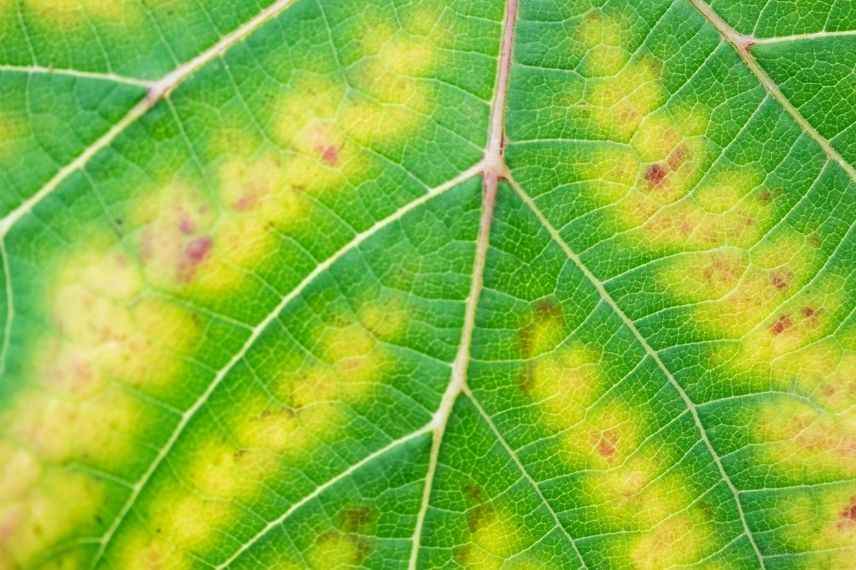 In cases of chlorosis, the leaves take on a yellow hue near the veins.
In cases of chlorosis, the leaves take on a yellow hue near the veins.
Prevention
A heavy, compacted, and waterlogged soil can be the cause of chlorosis. Be sure to properly aerate your soil before planting your Japanese azalea, lightening it with sand and pumice for better drainage.
Regular amendments with organic matter, such as kitchen compost, also help to improve the soil, making it more vibrant and balanced. Avoid leaving bare soil: protect these areas with mulch.
Water that is too high in lime can also induce chlorosis. Prefer rainwater or use a limescale remover for watering, which helps soften tap water. Some gardeners also recommend adding a bit of white vinegar or lemon juice to the watering water to make it more acidic.
Natural solutions
Once the symptoms are identified, you can take action by using anti-chlorosis products, to be diluted in watering water or used as a spray directly on the foliage, ideally in spring.
Their effect is quick and visible: the leaves regain their original colour by greening up. However, this solution is only effective in the short term. Therefore, combine it with preventive measures to prevent the return of the disease, and we strongly recommend planting suitable varieties; don’t hesitate to adopt our Plantfit web application!
Nettle or horsetail manure diluted in rainwater are also said to be effective natural treatments against chlorosis.
Check out our dedicated tutorials:
Read also
Japanese azaleas: the best varietiesFungal diseases
Fungal diseases are caused by fungi and are quite common in both ornamental gardens and vegetable plots. These mainly include downy mildew, powdery mildew, and botrytis.
Downy mildew causes the leaves of the Japanese azalea to become dry, dull, and brittle. They may curl in on themselves and turn completely black on the branches. Ultimately, the fungus leads to root rot.
Powdery mildew is responsible for white, farinose spots on the foliage of the Japanese azalea, which can spread to all the leaves. The circulation of sap may be blocked, leading to the decline of the plant, causing the roots, trunk, and stems to rot.
Botrytis, or grey mould, is noticeable by a white-grey fuzz covering stems and leaves.
The honey-coloured armillaria is also a fungus that attacks the Japanese azalea. Excess water in winter or overly heavy and compact soil causes root asphyxiation, which is responsible for the onset of this disease.
The spores of these fungi can remain in the soil for several years and are contagious from one plant to another.
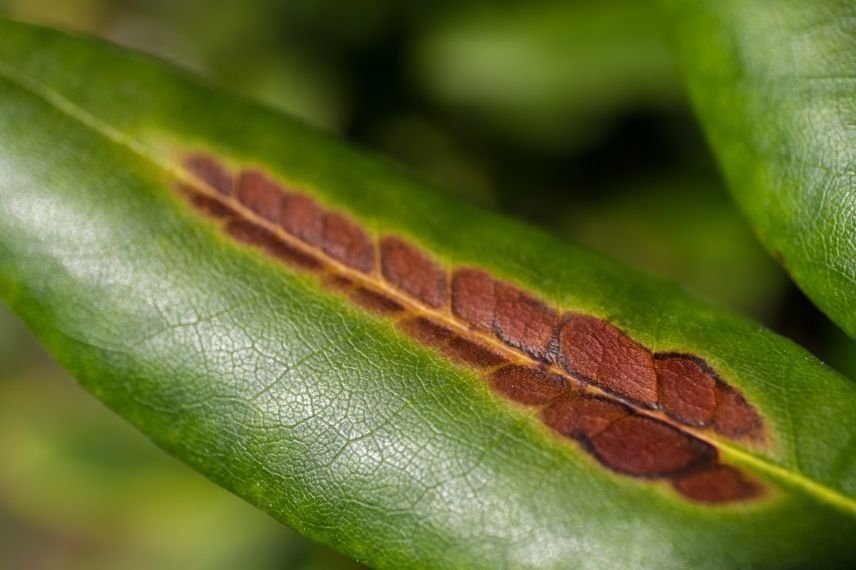 Downy mildew
Downy mildew
Prevention
Heat and humidity create a very favourable environment for fungi. To prevent their appearance, maintain proper spacing between your plants to allow good air circulation around the foliage and avoid stagnant moisture. When watering, also ensure that the foliage does not get wet.
Limit nitrogen inputs (fertiliser, manure…) in the soil, as excessive amounts can disrupt its balance.
When pruning, always use sharp and previously disinfected tools to avoid the risk of injuries that allow fungi to easily penetrate the plant.
Keep the soil well-drained to prevent water stagnation, especially during heavy rains, and to avoid root asphyxiation. Don’t hesitate to add a handful of pouzzolane at the bottom of the planting hole or pot.
Natural solutions
There is no definitive treatment for these diseases.
For spraying, use nettle or horsetail manure diluted in water, to be applied in the late afternoon on the affected foliage. Plant manure dilutions can indeed slow the development of these fungi or suffice at the onset of symptoms.
Cut and burn the affected parts to prevent the spread of diseases. Remove fallen leaves and stems from the ground, which often carry spores.
Additionally, use a fungicide such as Bordeaux mixture or a treatment based on sulphur.
Discover other Japanese Azalea
View all →Available in 1 sizes
Available in 1 sizes
Available in 2 sizes
Available in 2 sizes
Available in 1 sizes
Available in 1 sizes
Available in 1 sizes
Available in 1 sizes
Available in 1 sizes
Available in 1 sizes
Pest insects
The Azalea moth
It is the caterpillars of this moth that cause damage to Japanese azaleas by devouring the young shoots.
As a preventive measure, you can set up pheromone traps designed to capture male moths.
In case of infestation, treat with the organic insecticide Bacillus thuringiensis (BT).
Otiorhynchs
These small beetles nibble the edges of leaves by puncturing them. However, the damage is generally more aesthetic than truly harmful to the plant’s health, except on very young specimens.
Practice biological control by introducing nematodes into the soil, these small round worms that target many garden pests, including beetle larvae.
For more information, feel free to read our articles: Biological Control in the Garden and Vegetable Patch: Beneficial Insects and Beneficial Nematodes: How to Use Them Properly?
In case of infestation, you can also use a pyrethrum-based insecticide, ideally in the late afternoon and always as reasonably as possible.
Red spider mites
Red spider mites are small arachnids that pierce the leaves of Japanese azaleas. They typically appear and thrive in dry, warm weather.
As a preventive measure, spray the foliage of your azalea in the late afternoon (to avoid sunburn), especially if the plant is grown in a greenhouse and therefore suffers more quickly from a dry environment.
In case of infestation, use a garlic decoction to spray on the foliage as a repellent.
Aphids
Well-known to gardeners, aphids are small sap-sucking insects that attack the young leaves of Japanese azaleas.
In case of a mild infestation, simply dislodge the pests with a jet of water or rinse the affected leaves and stems.
In case of a more severe infestation, use a natural insecticide, for example, liquid black soap diluted in warm water (one tablespoon for 1 litre of water). This solution should be sprayed on the affected parts in the late afternoon.

Otiorhynch, red spider mite, and aphid
Re-establishing balance in the garden: a good preventive ùeasure
In a garden rich in biodiversity, pest attacks will tend to rebalance themselves in the short or medium term.
Encourage the presence of natural predators essential against pest insects, such as ladybirds, lacewings, or ground beetles. By providing them with shelter and food throughout the year, you ensure their presence and more easily protect against fatal attacks or severe infestations.
Install insect hotels, cultivate areas of fallow land and flowering hedges,… Simple actions that greatly benefit gardeners.
- Subscribe!
- Contents
































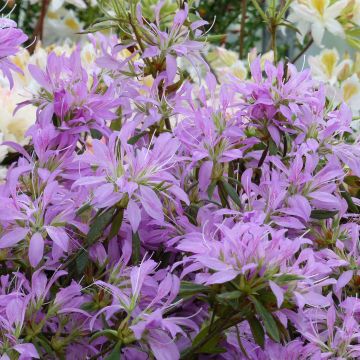
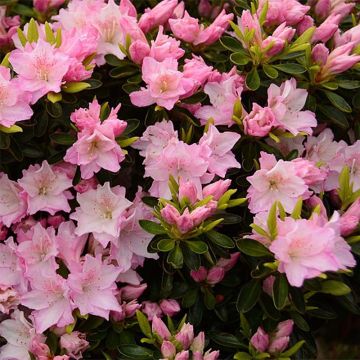
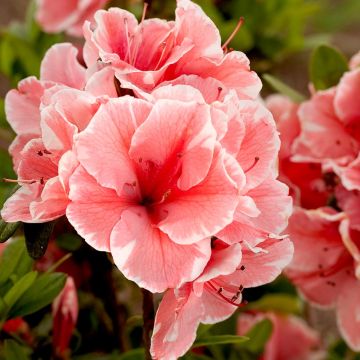
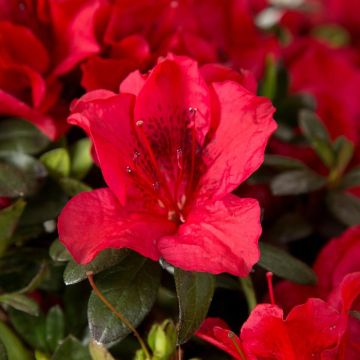

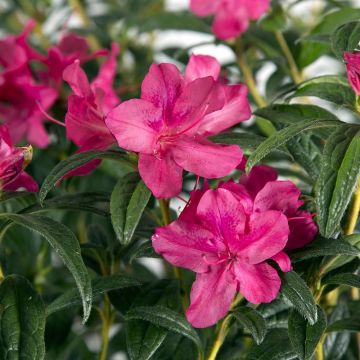


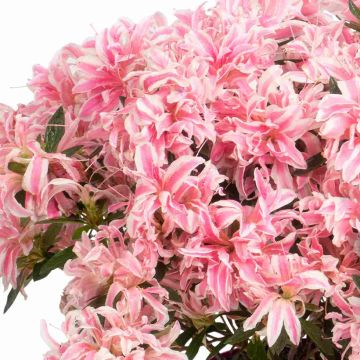
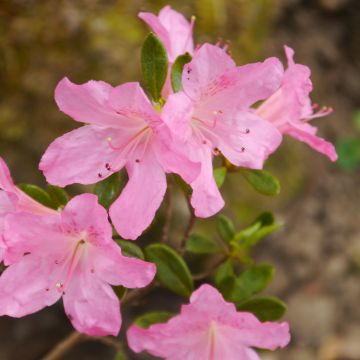
Comments